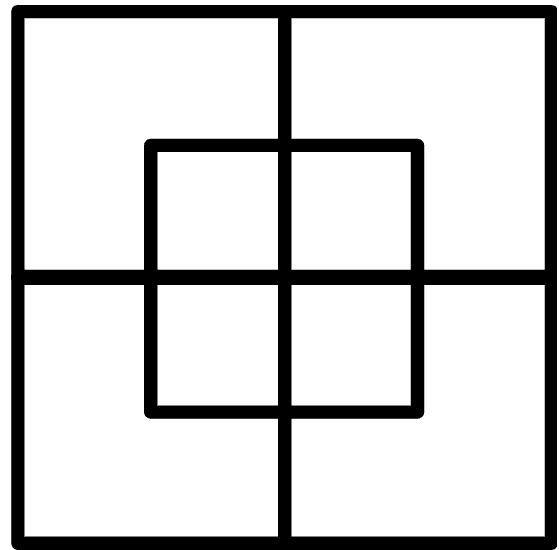Myths about teaching can hold you back
- Year 3
Know that a square is a rectangle in which the four sides are of equal length
I know a square is a rectangle in which all four sides are of equal length.
- Year 3
Know that a square is a rectangle in which the four sides are of equal length
I know a square is a rectangle in which all four sides are of equal length.
These resources were made for remote use during the pandemic, not classroom teaching.
Switch to our new teaching resources now - designed by teachers and leading subject experts, and tested in classrooms.
Lesson details
Key learning points
- The definition of a square is a rectangle with all four sides the same length.
- A square has four right angles at its vertices.
- A square can rest on a side or a vertex.
Keywords
Rectangle - A rectangle is a 2D shape with four straight sides and four right angles.
Square - A square is a 2D shape with four equal straight sides.
Common misconception
Pupils may not realise that squares are rectangles.
Emphasise to pupils that all squares are rectangles but not all rectangles are squares. Rectangles are quadrilaterals with 4 right angles, but squares have 4 sides of equal length.
To help you plan your year 3 maths lesson on: Know that a square is a rectangle in which the four sides are of equal length, download all teaching resources for free and adapt to suit your pupils' needs...
To help you plan your year 3 maths lesson on: Know that a square is a rectangle in which the four sides are of equal length, download all teaching resources for free and adapt to suit your pupils' needs.
The starter quiz will activate and check your pupils' prior knowledge, with versions available both with and without answers in PDF format.
We use learning cycles to break down learning into key concepts or ideas linked to the learning outcome. Each learning cycle features explanations with checks for understanding and practice tasks with feedback. All of this is found in our slide decks, ready for you to download and edit. The practice tasks are also available as printable worksheets and some lessons have additional materials with extra material you might need for teaching the lesson.
The assessment exit quiz will test your pupils' understanding of the key learning points.
Our video is a tool for planning, showing how other teachers might teach the lesson, offering helpful tips, modelled explanations and inspiration for your own delivery in the classroom. Plus, you can set it as homework or revision for pupils and keep their learning on track by sharing an online pupil version of this lesson.
Explore more key stage 2 maths lessons from the Right angles unit, dive into the full primary maths curriculum, or learn more about lesson planning.

Licence
Prior knowledge starter quiz
6 Questions
Q1.Which of these shapes are quadrilaterals?
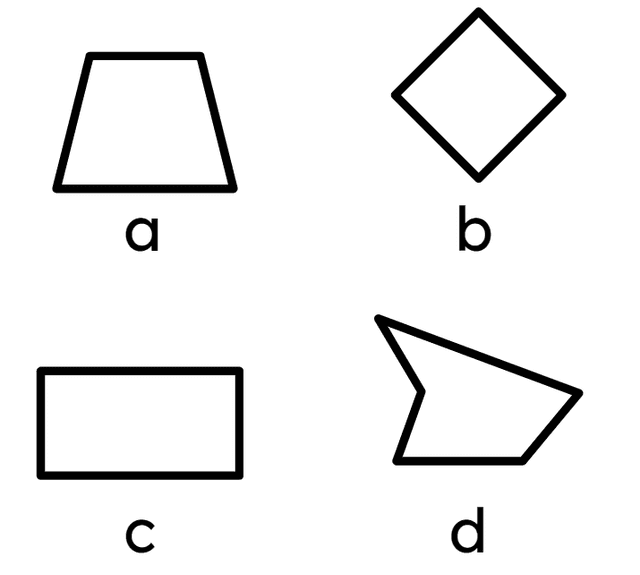
Q2.Which of these shapes are rectangles?

Q3.Which of these shapes are not rectangles?
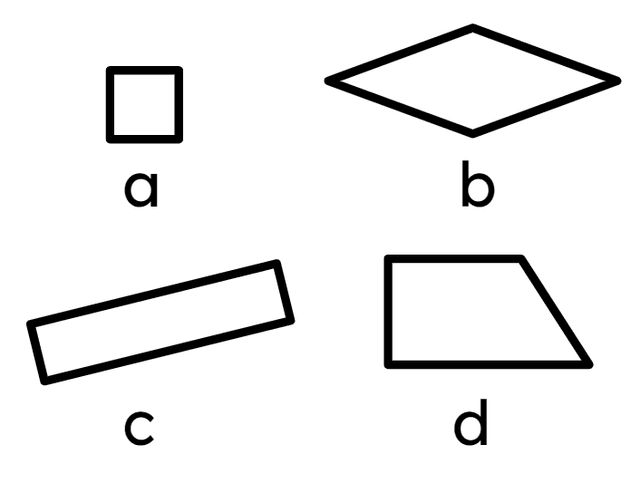
Q4.How many right angles does this shape have?
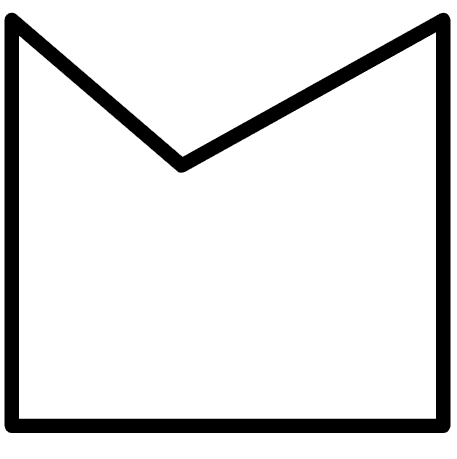
Q5.True or false? This shape has one line of symmetry
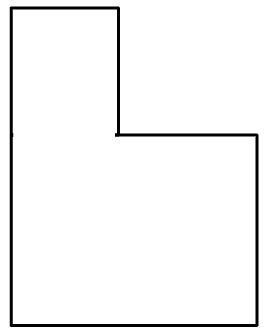
Q6.How many right angles do these three shapes have in total?
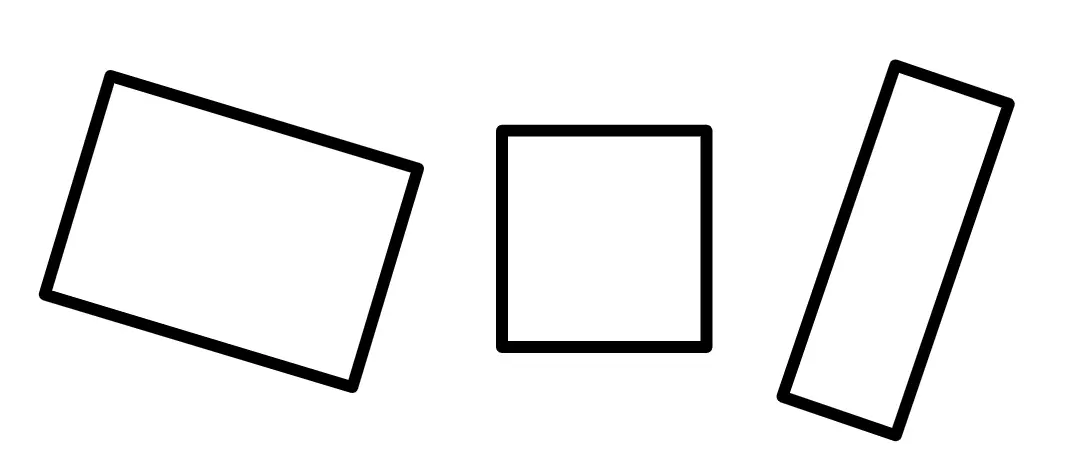
Assessment exit quiz
6 Questions
Q1.Which of these shapes are squares?
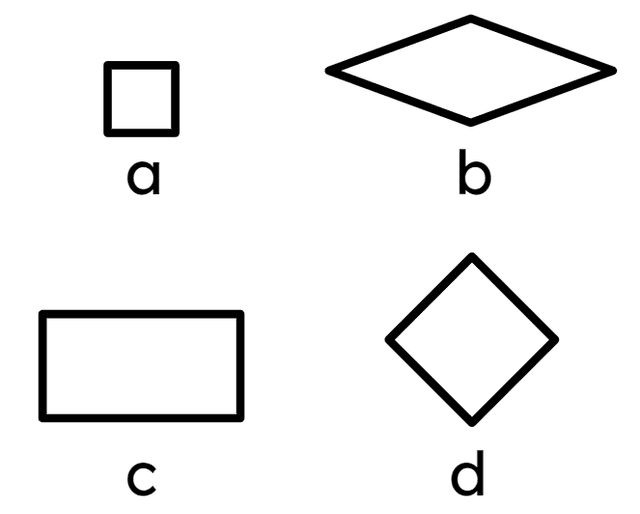
Q2.Which of these shapes are not squares?

Q3.Why is this shape not a square?
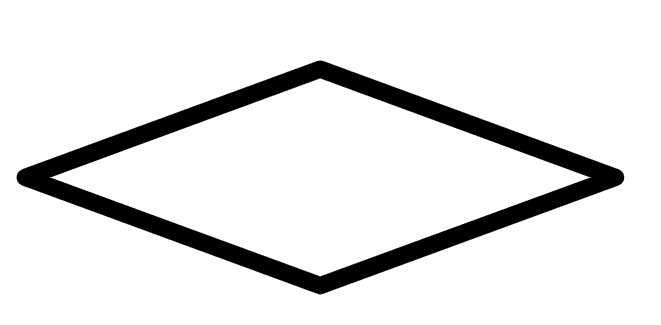
Q4.Which of these statements are true for all squares?
Q5.How many lines of symmetry does a square have?
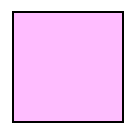
Q6.Look at this pattern. How many squares are there altogether?
